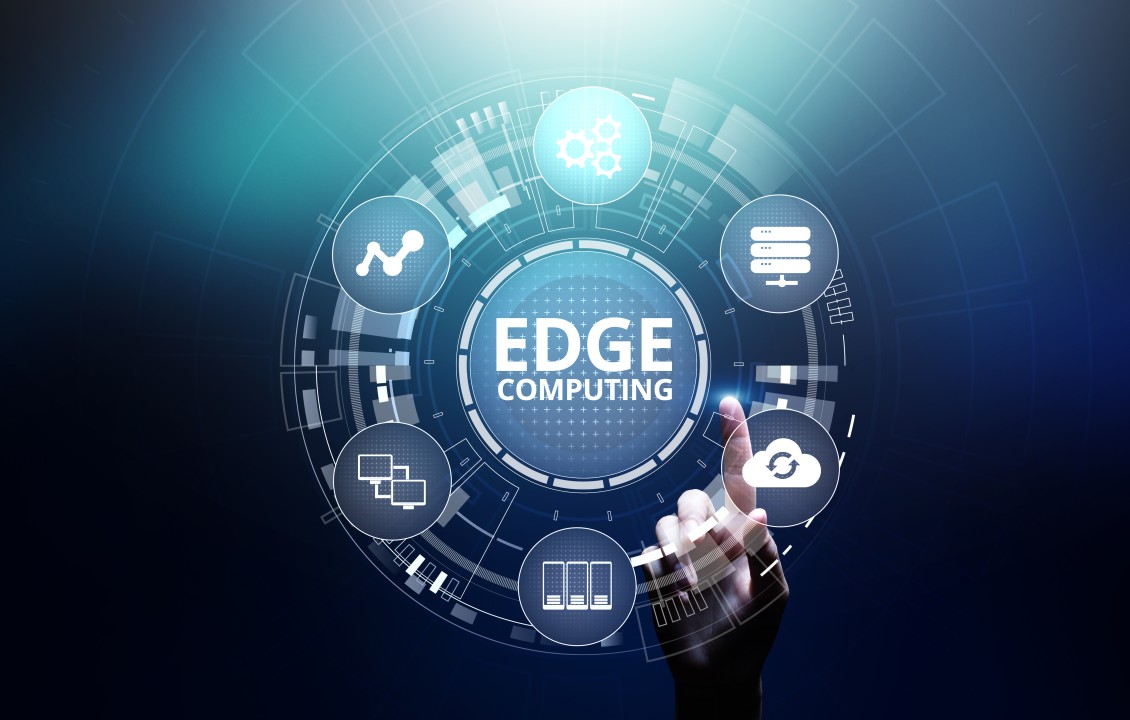One cannot negate the significance of data in the digital world. Data and information are the lifeblood of businesses and organizations, and the need for efficient and reliable computing solutions is paramount. Cloud computing has evolved over the last few years and has changed how we store process, and access data. However, with the growing demands of real-time applications and the proliferation of Internet of Things (IoT) devices, a new computing paradigm known as edge cloud computing has emerged. In this article, we will explore the benefits of edge cloud computing and how it is transforming various industries.
Introduction to Edge Cloud Computing
Edge cloud computing refers to the decentralized infrastructure that brings computing resources and services closer to the data source and end-users. Unlike traditional cloud computing, where data processing and storage occur in centralized data centers, edge cloud computing utilizes distributed edge nodes located at the network edge. These edge nodes can be devices like routers, switches, or specialized edge servers.
Enhanced Data Processing and Analysis
One of the key benefits of edge cloud computing is its ability to process and analyze data closer to its source. By moving computing resources to the network edge, the latency associated with transferring data to distant data centers is greatly reduced. This enables real-time data analysis and decision-making, which is crucial for applications like autonomous vehicles, industrial automation, and smart cities.
Reduced Latency for Real-Time Applications
Real-time applications require instant processing and response times. With edge cloud computing, the data doesn’t have to travel long distances to reach the centralized cloud infrastructure. By leveraging edge nodes, the latency is significantly reduced, ensuring faster response times for critical applications. This is particularly beneficial in scenarios like remote healthcare monitoring, where delays can have serious consequences.
Improved Bandwidth Efficiency
Edge cloud computing helps optimize bandwidth usage by reducing the amount of data that needs to be transferred to the central cloud. Only the necessary data or processed results are transmitted, reducing the burden on the network infrastructure. This not only improves the overall efficiency of the network but also helps in reducing costs associated with data transfer.
Enhanced Security and Privacy
In traditional cloud computing, data is often stored and processed in centralized data centers, raising concerns about security and privacy. Edge cloud computing addresses these concerns by keeping the data closer to its source, thereby reducing the risks associated with data breaches and unauthorized access. Moreover, edge computing provisions for localized data storage, which ensures compliance with data privacy rules and regulations.
Localized Data Storage
Edge cloud computing enables localized data storage, which is beneficial in scenarios where data sovereignty is a requirement. By storing data closer to its source, organizations can have greater control over their data and ensure compliance with regional data protection regulations. This is particularly important for industries like finance, healthcare, and government sectors that deal with sensitive and confidential information.
Cost Optimization
An edge cloud environment can lead to cost optimization by reducing the amount of data transfer and storage required in the central cloud. By offloading computational tasks to edge nodes, organizations can reduce their reliance on expensive centralized infrastructure. Additionally, localized data storage and processing can help minimize the costs associated with data transfer and bandwidth consumption.
Edge Cloud Computing in Different Industries
1. Healthcare
Edge cloud computing in healthcare represents a groundbreaking approach that brings a human touch to modern medical services. By harnessing edge computing technologies, healthcare providers can now process and analyze patient data closer to the source, revolutionizing the way they deliver care.
Imagine a scenario where wearable devices, remote patient monitoring systems, and medical sensors work seamlessly together at the network’s edge. This synergy enables lightning-fast response times, a critical aspect in life-saving situations and telemedicine consultations. With edge cloud computing, healthcare professionals can now act swiftly and make well-informed decisions, fostering better patient outcomes and experiences.
The most heartening aspect of this innovation is the heightened data privacy and security it offers. Medical information, being highly sensitive, can now be processed locally, minimizing the risk of data breaches and ensuring patients’ trust and confidence.
2. Manufacturing
Edge cloud computing plays a crucial role in optimizing manufacturing processes. By deploying edge nodes within manufacturing facilities, real-time data from sensors and machines can be processed locally, enabling predictive maintenance, quality control, and process optimization. Edge computing also reduces downtime by minimizing the reliance on centralized cloud infrastructure for critical decision-making.
By incorporating edge computing technologies, it revolutionizes the way manufacturers operate, making their processes more responsive and efficient. This human-centered approach empowers workers with real-time data and insights, enabling them to make informed decisions promptly. As a result, manufacturing becomes more agile, fostering a collaborative and innovative environment where human expertise and technology work hand in hand for optimal productivity and success.
3. Transportation
In the transportation industry, the edge cloud facilitates intelligent traffic management, connected vehicles, and autonomous transportation systems. By processing data at the edge, traffic congestion can be mitigated, and real-time insights can be provided to both drivers and transportation authorities. Edge computing also enables vehicle-to-vehicle communication, enhancing road safety and reducing accidents.
4. Retail
Edge cloud revolutionizes the retail industry by enabling personalized customer experiences, inventory management, and supply chain optimization. By leveraging edge nodes in physical stores, retailers can gather real-time data on customer preferences, analyze buying patterns, and offer tailored recommendations. Edge computing also supports efficient inventory management and facilitates faster order fulfillment.
Future Trends and Innovations
The field of edge cloud is continuously evolving, and several trends and innovations are shaping its future. Some of the notable developments include the integration of artificial intelligence and machine learning algorithms at the edge, the emergence of 5G networks enabling faster and more reliable connectivity, and the adoption of edge computing in edge devices like smartphones and IoT devices.
Conclusion
Edge cloud computing is revolutionizing the way we process, store, and analyze data. Its decentralized approach brings computing resources closer to the data source, enabling real-time processing, reduced latency, improved security, and cost optimization. The benefits of edge cloud computing extend to various industries, including healthcare, manufacturing, transportation, and retail. As technology continues to advance, we can expect further innovations and applications in the field of edge cloud.



